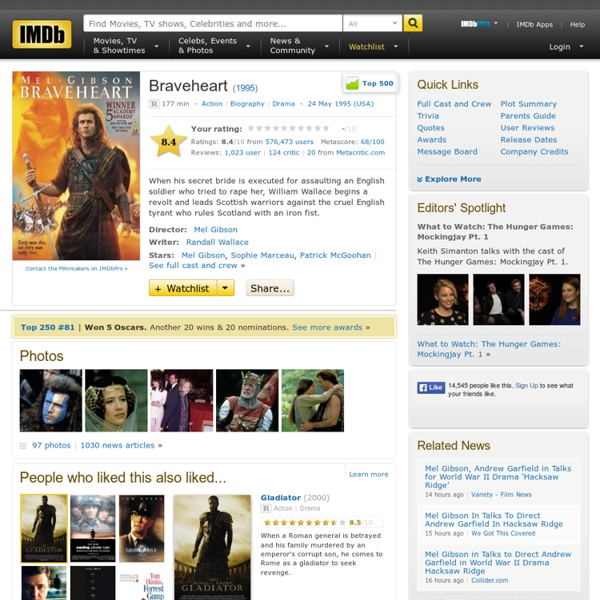



Gladiator (2000) The Godfather (1972 Simpsons Al Jean och David Mirkin. Sedan 1992 produceras serien delvis av den koreanska studion Rough Draft Korea. Titelmelodin, Simpsons Theme Song, skrevs 1989 av Danny Elfman. Bakgrund[redigera | redigera wikitext] Seriens upphovsman Matt Groening skapade familjen Simpson i mitten av 1980-talet, och våren 1987 började korta episoder på cirka en minut att visas i det nya humorprogrammet The Tracey Ullman Show. Totalt producerades 48 av dessa korta filmer mellan april 1987 och maj 1989. Rollfigurer[redigera | redigera wikitext] Familjen Simpson består av: Serien försöker att upprätthålla ett ständigt status quo, vilket bland annat innebär att de flesta rollfigurer inte åldras nämnvärt. Produktionen[redigera | redigera wikitext] Avsnitt[redigera | redigera wikitext] Skådespelarna[redigera | redigera wikitext] Serien omfattar sex huvudrollsinnehavare, som alla har medverkat i serien sedan starten: Under den första säsongen medverkade även Chris Latta, som gjorde originalrösterna till mr.
2001: Odyssee im Weltraum (1968) The Road (2009 Moonraker Snabbfakta Svensk titel: Moonraker Premiärdatum, England: 26 juni 1979. USA: 29 juni 1979. Med Roger Moore, Michael Lonsdale, Lois Chiles, Richard Kiel, Corinne Clery, Emily Bolton, Toshiro Suga, Geoffrey Keen, Walter Gotell, Lois Maxwell, Desmond Llewelyn och Bernard Lee. Inspelad i Italien, Brasilien, Guatemala, USA, Boulogne, Eclair och Paris studios, Frankrike och i Pinewood Studios, England. Intrigen i korthet: Britterna har av USA lånat rymdfärjan Moonraker. Om filmens tillkomst: Den stora kassaframgången för The Spy Who Loved Me gjorde att filmbolaget beslutade satsa stort på Moonraker. Moonraker var den enda av Flemings Bond-romaner som återstod att filma. Moonraker var länge den Bondfilm som kostat mest att göra. Inspelningen av Moonraker var lång och slitsam. Recension: Moonraker är den mest utskällda Bondfilmen alla kategorier. Huvudinvändningarna mot Moonraker är att filmen är s.a.s. Hela filmen faller i princip med detta konstaterande, även om specialeffekterna är imponerande.
Die Brücke am Kwai (1957) There Will Be Blood (2007 Fahrraddiebe (1948) Lincoln (2012 Pans Labyrinth (2006)